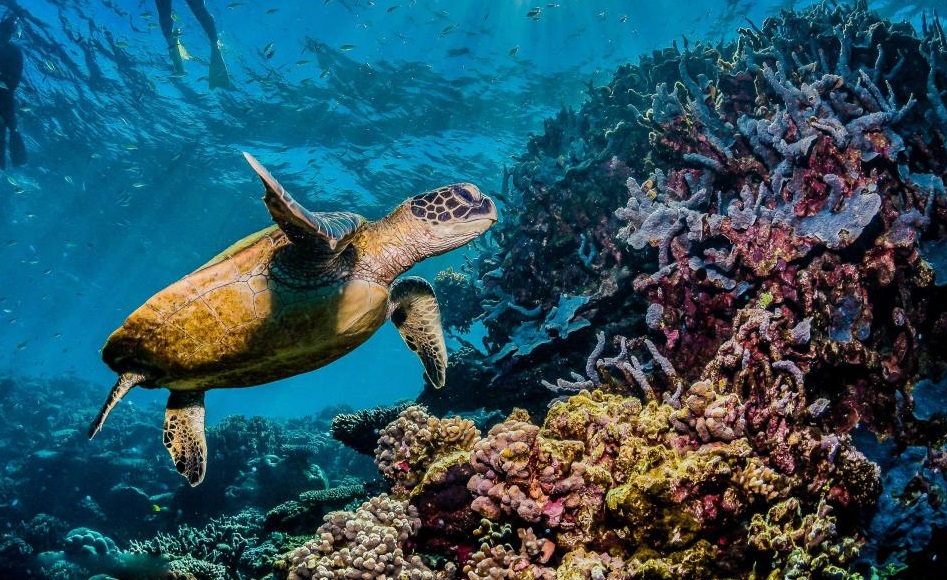
1. Historic achievement: Treaty of the High Seas is adopted
Today, the Treaty of the High Seas was adopted by consensus at the United Nations meeting in New York. This historic treaty, known as “BBNJ” (biodiversity beyond national jurisdiction), aims to protect the ocean, promote fairness, combat environmental degradation, fight climate change, and prevent biodiversity loss. It marks the end of over a decade of negotiations, primarily led by the European Union and its Member States through the BBNJ High Ambition Coalition.
The BBNJ Treaty establishes procedures for creating large marine protected areas, sharing benefits from marine genetic resources, and conducting environmental impact assessments. It will enter into force once 60 parties ratify it. The EU has committed 40 million euros to support its implementation and urges other nations to ratify the agreement swiftly. Commissioner Virginijus Sinkevičius called it a major win for ocean biodiversity and sustainable resource use.
Thank you for your generous gift that will help us continue the production of this weekly, free publication
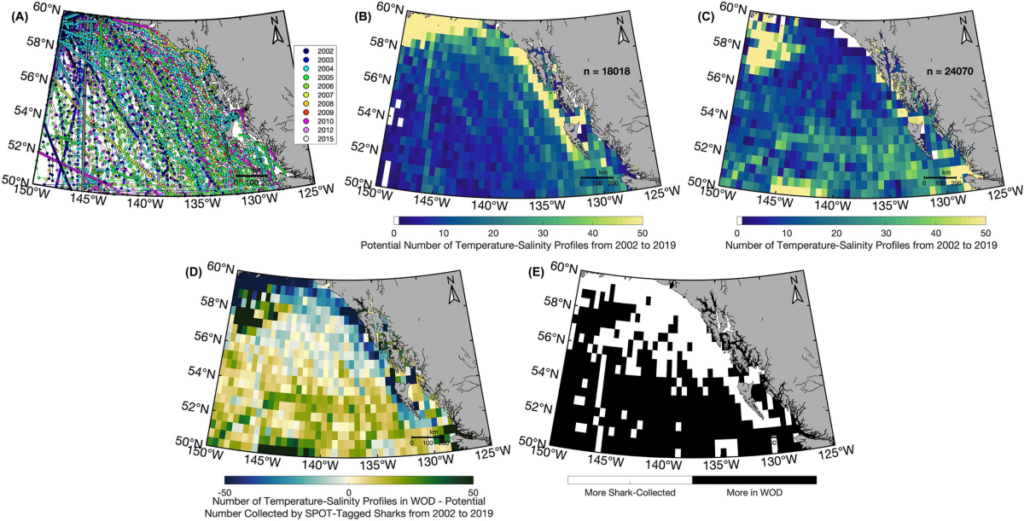
2. Dispatching Sharks to Collect Crucial Ocean Data
Direct ocean observations are critical for improving climate change predictions and understanding ocean variability. Since 2000, more ocean data have been collected than over the previous 100 years, but there are still spatial gaps in the observing network, particularly in polar and coastal regions. That’s why animal-borne tags are proving to be effective instruments for collecting ocean data and can be used to fill spatial gaps in the observing network.
This study put conductivity, temperature, and depth (CTD) satellite tags on the dorsal fin of salmon sharks to demonstrate the potential of sharks to monitor essential ocean variables and oceanographic features in the Gulf of Alaska. Over 1360 km and 36 days in the summer of 2015, the salmon shark collected 56 geolocated temperature-salinity profiles. The study demonstrated that salmon sharks have the potential to serve as submesoscale-resolving oceanographic platforms.

3. Hong Kong’s Newest and Largest Marine Park Is in the Works
HONG KONG – A marine park in North Lantau will be built with marine life conservation in mind. The primary focus of the park will be the protection of the Chinese White Dolphin and the overall marine environment in the North Lantau region. It will connect with the Sha Chau and Lung Kwu Chau Marine Park, the Brothers Marine Park, and the Hong Kong International Airport Approach Areas, enabling further conservation efforts of marine biodiversity, fisheries resources, and marine ecology.
The park’s activities will be observed and regulated under the Marine Parks Ordinance and the Marine Parks & Marine Reserves Regulation. In addition, it will help link protected areas between Hong Kong and the mainland, allowing the dolphins to move through safe channels and habitats. On June 19, the Legislative Council will review the plan, and once it is approved, it will become effective on November 1.
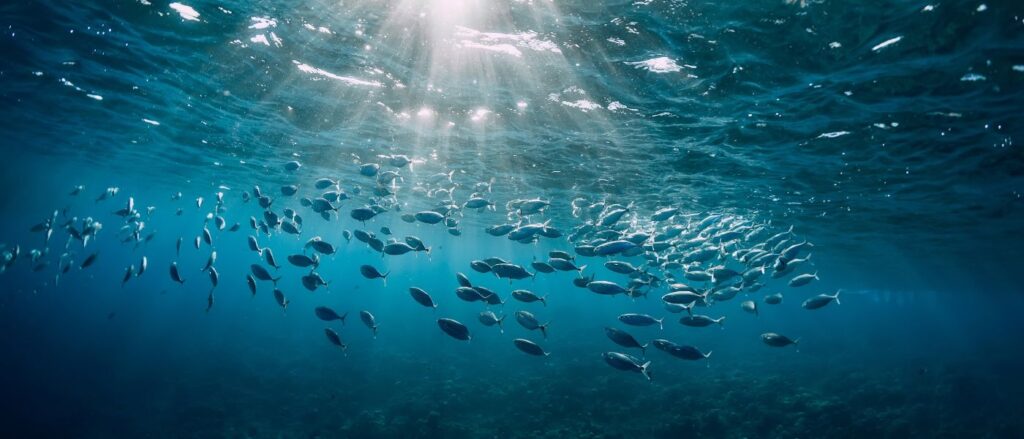
4. Game-Changer: Credit Market Model Could Slash Ocean Conservation Costs 98%
CALIFORNIA – A new paper from UC Santa Barbara suggests that a global credit market could cut the costs of ocean conservation by up to 98%. By allowing countries to trade ocean conservation credits, nations can meet their conservation obligations more affordably. The study, published in Science, found potential savings between 37-98%. Co-author Juan Carlos Villasenor-Derbez noted that while many nations are committed to marine conservation, high costs have been a barrier.
The researchers analyzed cost reductions under five different policies and found that uniform conservation requirements are inefficient since marine biodiversity doesn’t align with national boundaries. This crediting system offers a more flexible and cost-effective approach to protecting our oceans.
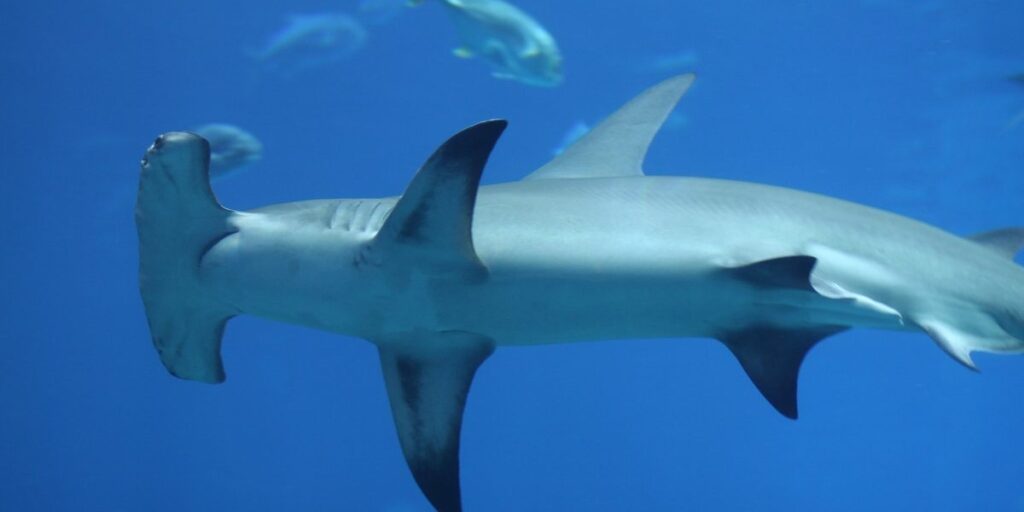
5. Using DNA to Save the Sharks
New DNA tests are being used to help save critically endangered sharks. Marine biologist Diego Cardeñosa of Florida International University and local fishermen have just captured the world’s smallest hammerhead shark off the coast of Colombia and implanted it with an acoustic marker before quickly returning it to the murky waters. A series of receivers will help to track its movements for a year and map the coordinates of its habitat—valuable information for its protection.
Cardeñosa’s mission is to build scientific knowledge to support shark conservation. He and his colleagues developed a new test that reads short DNA sequences to detect what shark species is in a sample. They made the test portable. It is easy to use and, therefore, suitable for port officials. It costs 94 cents per sample, making it affordable even for low-income countries.
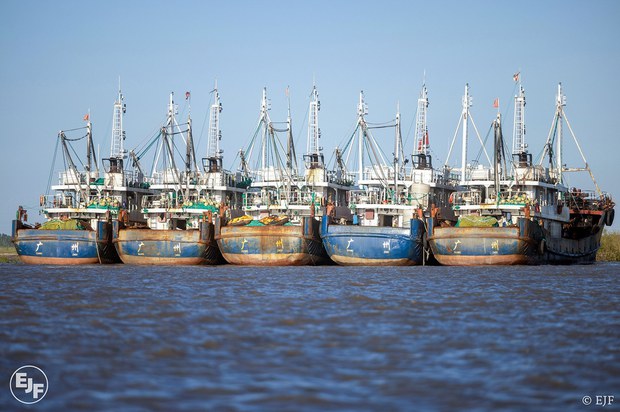
6. Illegal Chinese Fishing off East Africa Hurts Local Communities
A multibillion-dollar global fishing industry backed by the Chinese government is driving a surge in Chinese vessels engaged in illegal activities and exploiting fishing grounds off East Africa, spoiling them for local people, according to a London-based environmental group. “Before the Chinese fishing boats came here, we could expect a good catch when we cast our nets, even if we only cast the nets three times,” one Mozambican fisher told the U.K.-based Environmental Justice Foundation.
“Now we must stay at sea for a whole day to catch enough fish.” The report, “Tide of Injustice: Exploitation and illegal fishing on Chinese vessels in the Southwest Indian Ocean,” found 86 instances of illegal fishing and human rights violations between 2017 and 2023, half linked to Chinese fishing vessels.
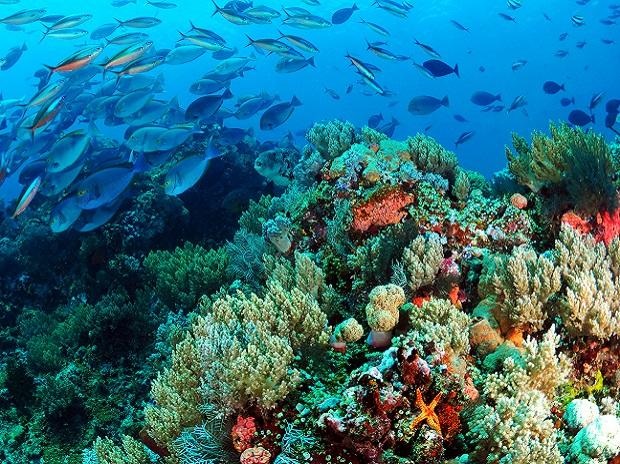
7. Experts: Uganda Missing Data on Sustainable Development Goals (SDGs) 14
Uganda – Experts assessing Uganda’s performance in attaining the Sustainable Development Goals (SDGs) have revealed that the country has no data on goal 14, which calls for conserving and sustainable use of oceans, seas, and marine resources. Under Goal 14, the United Nations had, among others, set that countries prevent and significantly reduce marine pollution of all kinds by 2025, provide access for small-scale artisanal fishers to marine resources and markets, and end subsidies that lead to overfishing.
In addition, they had set a standard for regulating harvesting and ending overfishing, illegal, unreported, and unregulated fishing, as well as destructive fishing practices by adopting science-based management plans to restore fish stocks to levels that can produce maximum sustainable yield. However, just five years to 2030, Uganda is uncertain on where we stand as far as attaining these targets is concerned.
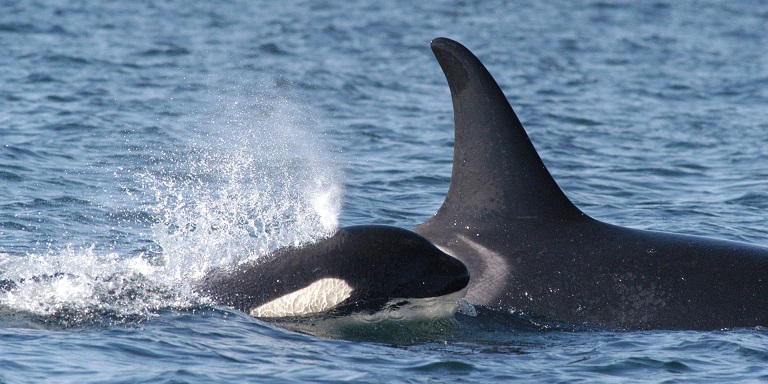
8. Turning Down the Volume on Ocean Noise Pollution
Canada – Have you ever been awakened by loud construction? Or have you been unable to concentrate because your neighbor won’t turn down their audio system? Believe it or not, it could be worse: if you were underwater, sound travels nearly five times faster than in the air, covering vast distances with little loss of intensity. Canada’s Ocean Noise Strategy is already three years delayed, and we have an opportunity to reaffirm our commitment to marine conservation by prioritizing its timely release.
To help make sense of the current legal environment surrounding underwater noise management in Canada – and to inform the creation of a strong strategy – WWF Canada commissioned East Coast Environmental Law and West Coast Environmental Law to conduct a legal analysis of federal legislation and policy relevant to the eventual strategy’s implementation…and what was the “Verdict”? Click the link and read on!
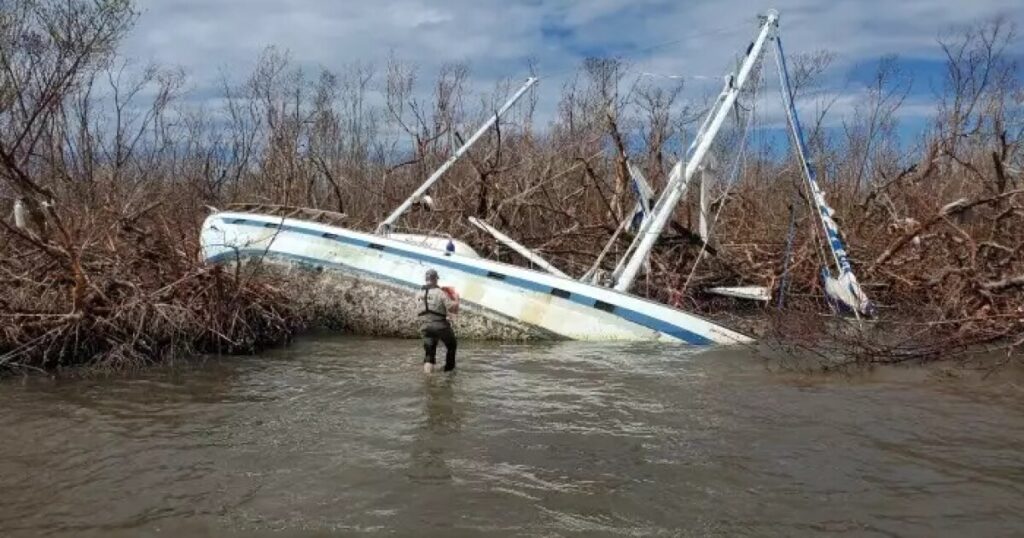
9. FWC Removes 100th Vessel Through Vessel Turn-in Program Created Last Year
Flordia – Since the inception of The Florida Fish and Wildlife Conservation Commission’s (FWC) Vessel Turn-In Program (VTIP) in late 2022, the FWC has received 186 applications from owners of at-risk or unwanted vessels and has removed 100 vessels as of June 7. Removing a vessel before it deteriorates into a derelict condition prevents legal ramifications for the vessel owner, protects Florida’s valuable seagrass resources and marine life, and saves Florida taxpayers money.
“We know that for a number of reasons, some boat owners are unable or unwilling to maintain their vessels,” said Capt. Travis Franklin, Boating and Waterways Derelict Vessel Removal and Prevention Unit Leader. The VTIP program is voluntary and allows owners to dispose of their unwanted at-risk vessels before they become derelict. Upon approval of an application, VTIP takes a surrendered vessel and disposes of it at no cost to the boat owner.
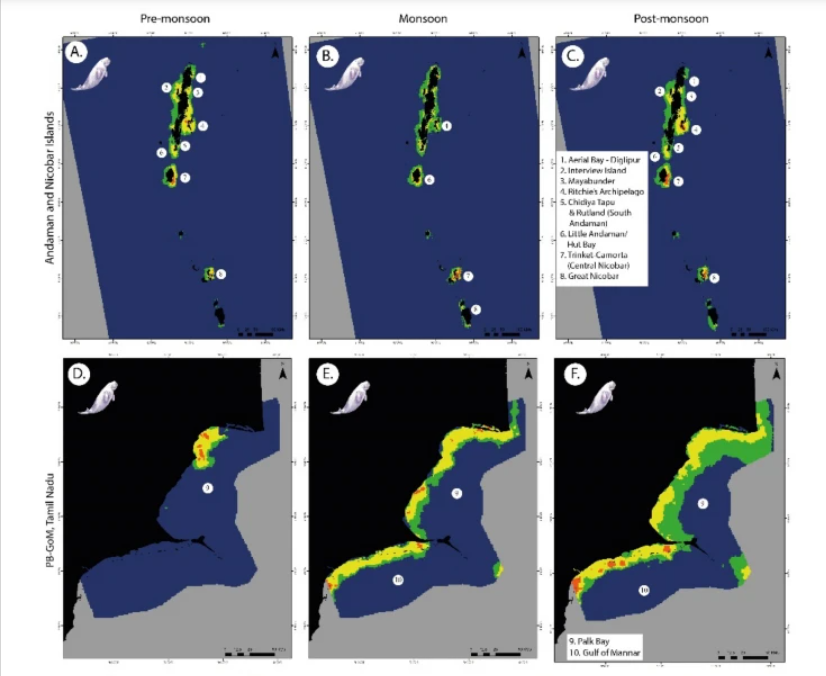
10. Prioritizing Dugong Habitats Can Contribute Towards Achieving the 30 × 30 Global Biodiversity Target
India – Declared its first marine mammal-focused Marine Protected Area (MPA) in the country. Given the migratory nature of marine mammals, delineating MPAs through effective spatial planning in an ecosystem context is strongly advised. Indian coastal waters are critical for dugong populations. Systematic spatial planning of their habitats can help to achieve biodiversity conservation and area-based protection targets.
Overall, identifying ‘Critical Dugong Habitats’ has positive implications for the country’s progress towards achieving the global 30 × 30 target, which requires signatory countries to conserve at least 30% of their terrestrial, inland water, coastal, and marine areas by 2030. We examined data on fishing pressures collected through systematic interview surveys, citizen-science data, and field surveys to demarcate dugong habitats with varying risks. Seagrass presence was the primary factor in determining dugong habitat suitability across the study sites.
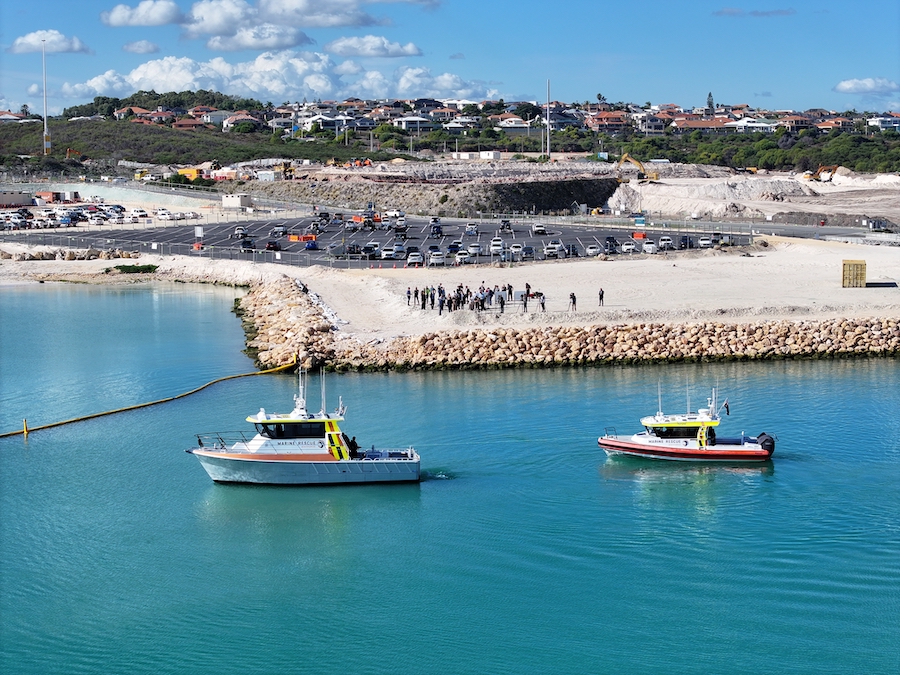
11. New Ocean Reef Rescue Facilities to Boost Emergency Response
JOONDALUP CITY, Australia — The next phase of the transformative Ocean Reef Marina development is about to commence, with construction starting on the new headquarters for Marine Rescue Whitfords and facilities for the Ocean Reef Sea Sports Club and Joondalup City RSL. The new facility will feature state-of-the-art amenities to support the crucial operations of Western Australia’s dedicated volunteer rescue service.
This represents a significant step forward in the Cook Government’s commitment to ensuring the safety and well-being of all who enjoy our coastal waters. Three marine rescue vessels will be moored at the marina on ready-access jetties for fast deployment, significantly improving safety for recreational boaters, anglers, and other water users. State-of-the-art radio communications, phone, and online applications will allow every vessel to log trips from the coast to all local locations, improving safety and communications for all.
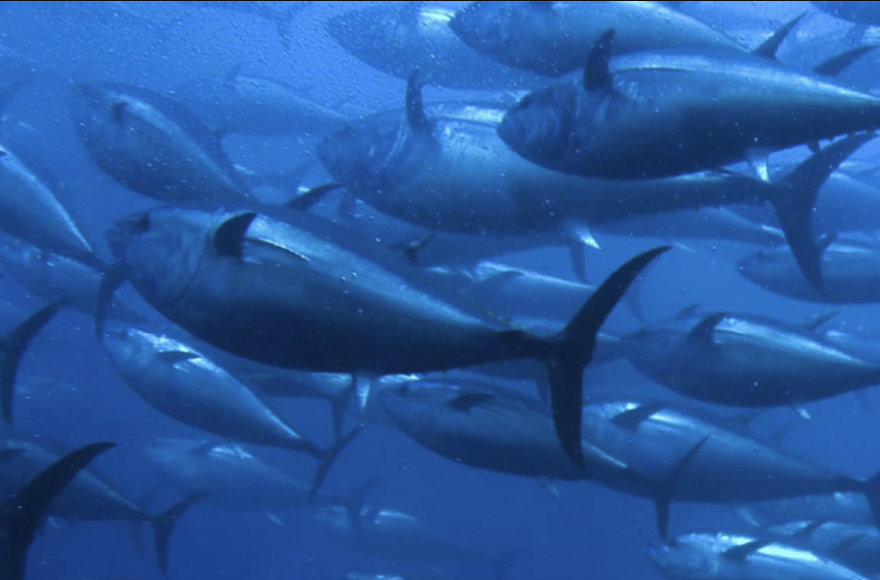
12. Fisheries in Focus: New Science Study Validates Core Principles, Explores Underlying Causes
A recent study in Science used underwater cameras around the world to look at fish sizes near people and in protected areas. The study found that fish are generally bigger and stay farther from humans because there’s less fishing in these areas, which matches what we know about fish populations. However, the study’s idea of increasing shark protection doesn’t have strong support. In places where fishing is well-managed, fish tend to be smaller, showing the impact of fishing.
The study mainly looked at Australia and New Zealand, where good management means we expect to see smaller fish. It found that fish in protected areas, especially mid-water sharks, are bigger because there’s less human impact. However, protecting large areas like the high seas may only partially help sharks since fishing pressure might just move to new areas. Enforcing existing fishing limits effectively is key to global shark conservation.
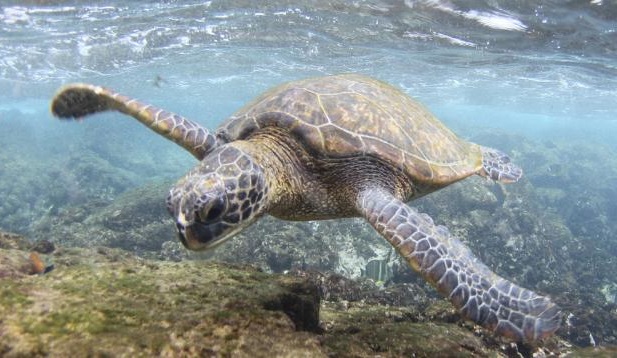
13. Sea Turtle Week 2024: Partners in Conservation
NOAA Fisheries’ Sea Turtle Week 2024 highlights conservation efforts and global partnerships. The event emphasizes the endangered or threatened status of all six U.S. sea turtle species under the Endangered Species Act. Conservation initiatives include protecting habitats for nesting, feeding, and migration employing innovative techniques for study and protection. In Mexico, collaboration with local fishers aims to reduce bycatch through redesigned fishing gear.
The U.S.-Mexico-Canada Agreement Sea Turtle Bycatch Reduction Project targets North Pacific loggerheads and East Pacific leatherbacks, promoting sustainable fisheries practices. The Sea Turtle Stranding and Salvage Network collects data on stranded turtles, transports them to rehabilitation facilities, and educates the public. Individuals are encouraged to aid conservation by boating cautiously, retrieving fishing gear and marine debris, and refraining from feeding sea turtles to prevent entanglement and harm.
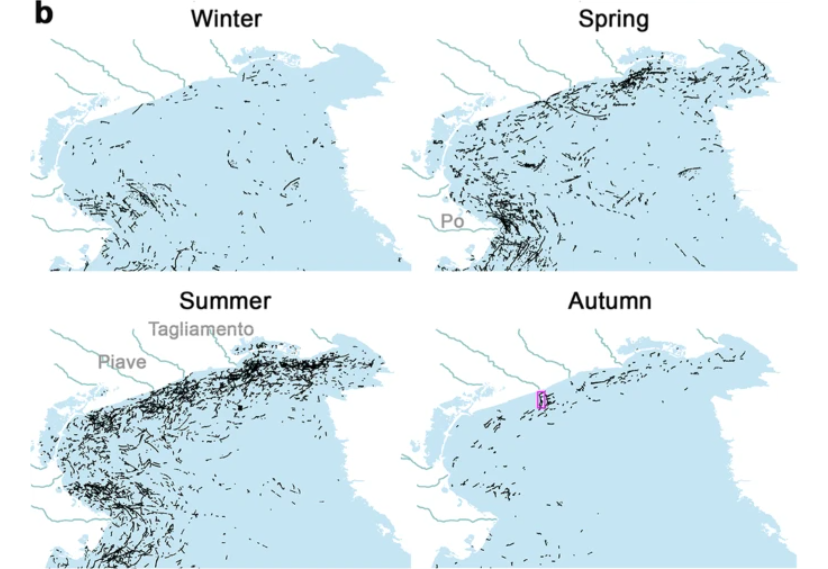
14. Proof-of-Concept Study Shows Satellites Can Monitor Marine Debris From Space
A recent study by the Institut de Ciències del Mar (ICM-CSIC) and the University of Cadiz, published in Nature Communications, confirms the feasibility of detecting marine debris from space. By analyzing six years of Sentinel-2 satellite data over the Mediterranean, researchers identified significant accumulations of floating plastic, termed “windrows,” spanning up to several kilometers. These formations result from ocean currents and wind effects.
Despite not being specifically designed for this purpose, the satellite’s sensors were able to spot litter. Findings estimate up to 95 square kilometers of floating plastic in the Mediterranean from 2015 to 2021, highlighting key entry points from land. The study results show that satellite-based monitoring of marine pollution is feasible. This approach could extend beyond plastics, addressing challenges like oil spills, search and rescue, and loss of ship cargo.
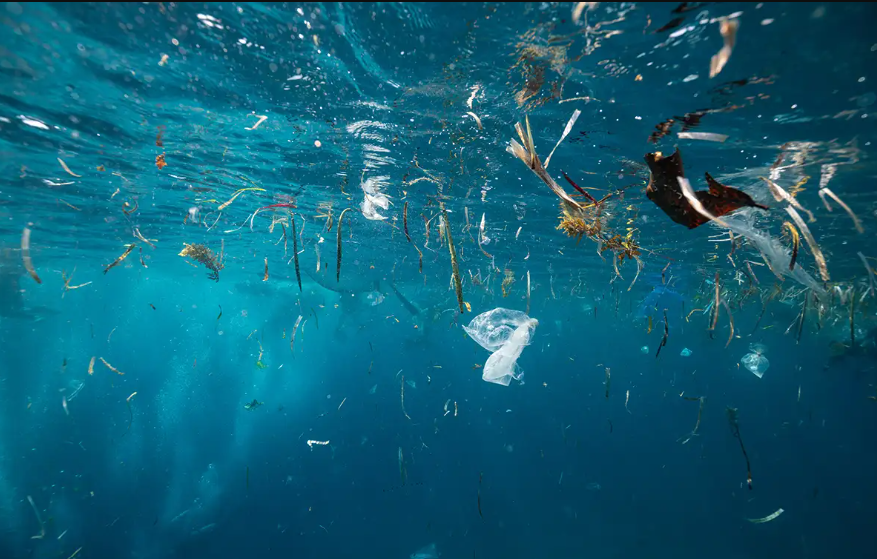
15. Australia Considers Mandating Recycled Plastic Packaging as Beaches Drown in Rubbish
Australia – An environmental group and Indigenous rangers who have been removing tonnes of rubbish from remote northern Australian beaches are calling on the federal government to do more to stop the production of plastic. The rangers have been heartened to receive help from the environmental group Sea Shepherd, with volunteers collecting seven tonnes of plastic over a week.
Federal Environment Minister Tanya Plibersek stated that she had been working with state governments on new rules “to ensure that all packaging in Australia is designed to be reused or recycled” that “will include…mandatory targets for recycled content.”
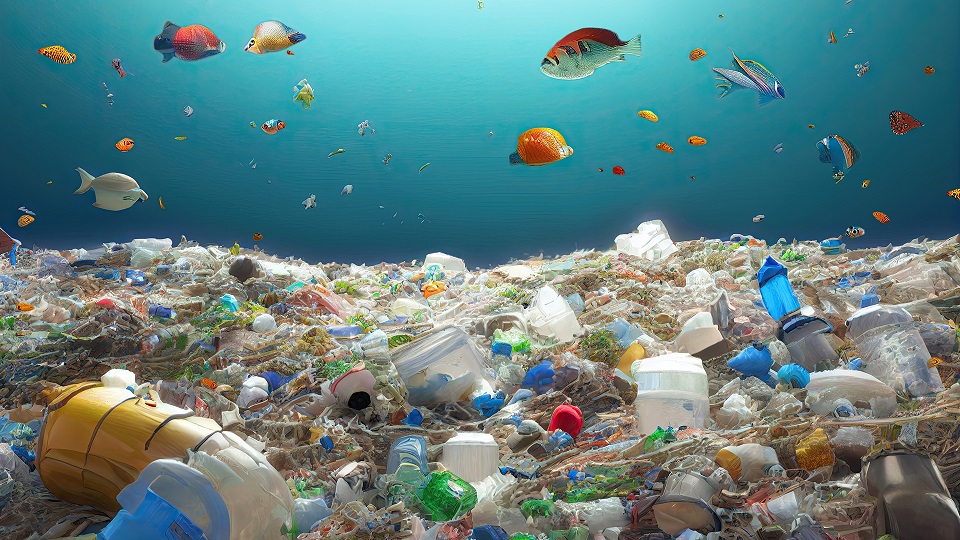
16. Addressing the Plastic Pollution Crisis
PORTSMOUTH, England — A two-day conference aimed at PhD students from any discipline undertaking research into plastics and the global plastics crisis is now calling for abstracts. The conference will provide a vital platform for the next-generation plastics researchers to network, present their findings, and share innovative ideas. Plastic pollution poses a significant threat to ecosystems, human health, and the global environment, contributing to climate change and impacting communities worldwide.
The need for comprehensive research and actionable solutions has never been more urgent. With the UN aiming to finalise the world’s first legally binding agreement on plastic pollution by the end of 2024, the conference comes at a critical moment. This conference’s outcomes can help inform policy, drive innovation, and shape the future of plastic pollution research.
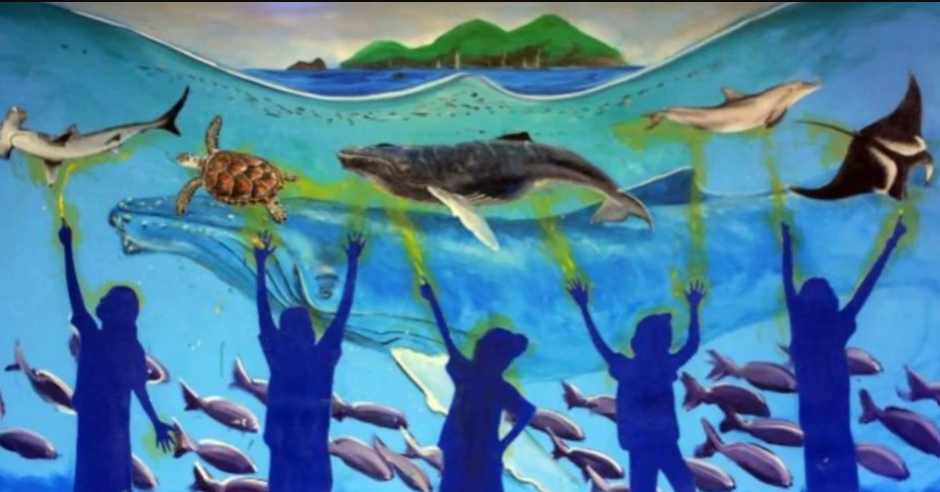
17. High-Level Event in Costa Rica Highlights Damage to Oceans
SAN JOSE, Costa Rica — A ‘High-Level Event on Ocean Action: Immersed in Change’ kicked off with an examination of the ocean’s beauty and alarming degradation in Costa Rica. Discussions included recent successes, like the UN’s new agreement on ocean biodiversity and the Global Biodiversity Framework. Speakers pushed for a global treaty to stop plastic pollution by the end of the year. The event featured four interactive panels showcasing replicable success stories.
Panels covered satellite technology for ocean conservation, the sustainable blue economy, responsible use of fishing resources, and scientific development to combat marine pollution. These discussions underscored the importance of infrastructure investment, capacity building, and a whole-of-society approach to ocean solutions. The High-Level Segment on Ocean Action saw 25 government representatives reiterate their commitments to ocean conservation and showcase initiatives to ratify the BBNJ Agreement and implement the GBF.
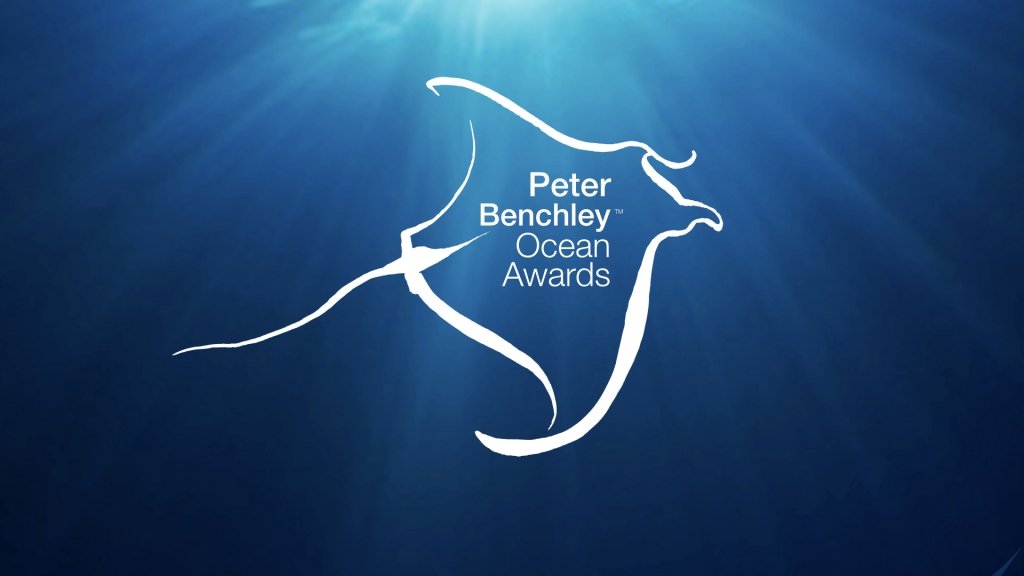
18. Aquarium Conservation Partnership Collaborates With Peter Benchley Ocean Awards
There will be an exciting collaboration between the Peter Benchley Awards – which will take place in Baltimore, Maryland, on May 1, 2025 – and the Aquarium Conservation Partnership (ACP) this year. The ACP is a coalition of aquariums and zoos for aquatic preservation. The Peter Benchley Ocean Awards were named in honor of Peter Benchley, writer of the novel Jaws and a lifelong advocate for shark and ocean protection.
The awards celebrate the excellence of individuals committed to developing innovative solutions to problems affecting ecosystems, climate, species, and oceans. “ACP is all about collaboration to enhance our conservation impact, and partnering with the Peter Benchley Ocean Awards allows us to deepen the conversation about ocean solutions with our diverse aquarium communities.”, says Kim McIntyre, executive director of the Aquarium Conservation Partnership.
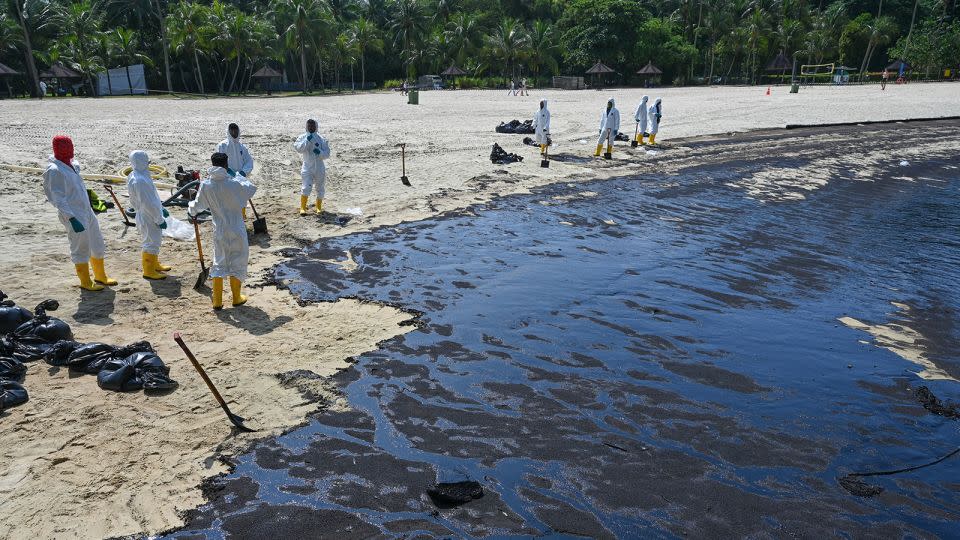
19. Singapore Races to Clean Oil Spill as Luxury Beach Resort Coated in Slick
Singapore – An oil spill affecting Singapore has spread beyond a luxury beach resort to a marine reserve and other parts of the island nation as authorities intensify cleanup efforts. The oil spilled into the city-state’s waters after a Netherlands-flagged dredger, Vox Maxima, hit a Singapore-flagged bunker vessel, Marine Honor, on Friday afternoon, according to the Maritime and Port Authority of Singapore (MPA).
While the oil leak from the vessel had been contained and treated with dispersants as of Saturday, some of the treated fuel had spread due to the tidal currents, according to the MPA. The incident occurred at the start of the Hari Raya Haji long holiday weekend, during which locals and tourists alike were expected to flock to Sentosa and other landmarks. Cleanup efforts were ongoing Monday, with about 100 workers deployed across Sentosa’s beaches.
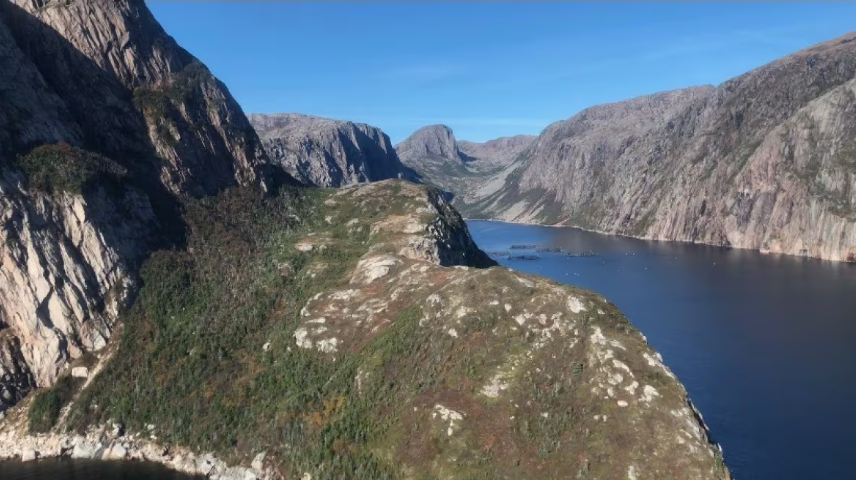
20. South Coast Fjords Could Soon Be Protected Marine Area, Miawpukek First Nation Says
Canada – members of the Miawpukek First Nation on Newfoundland’s south coast are helping to lead a feasibility study to create a new national protected marine area around the area’s fjords. Miawpukek signed a memorandum of understanding along with Qalipu First Nation and the provincial and federal governments last June to assess the potential of a conservation area around the fjords spanning more than 9,000 kilometres from the communities of McCallum to La Poile.
Greg Jeddore, a member of the Miawpukek band council, said the area features diverse marine life and carries cultural significance as a travel route. “It’s been a long history of the Mi’kmaq people here at Miawpukek First Nation traveling from Newfoundland to Nova Scotia, to St-Pierre [and] Miquelon, to get up to the Northern Peninsula. So it has a lot of history along there,” Jeddore told CBC Radio on Tuesday.
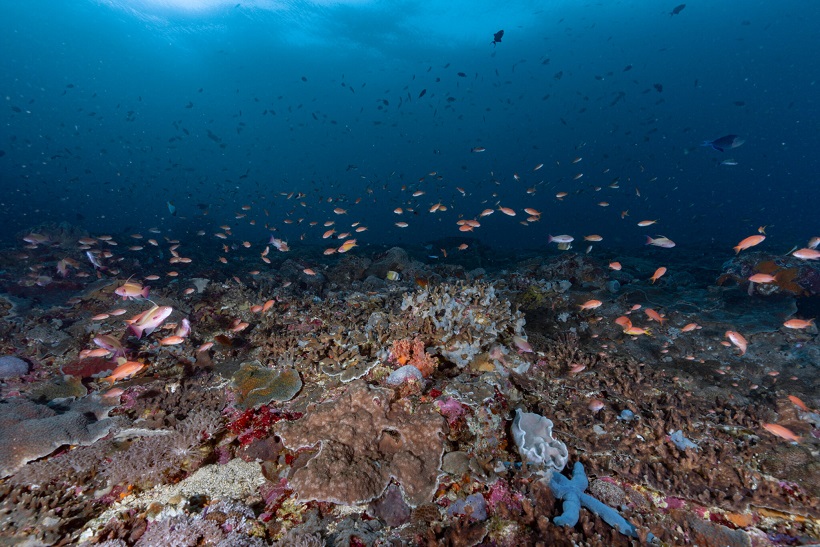
21. New Research Finds Most of the World’s Largest Marine Protected Areas Have Inadequate Protections
A recent analysis published in Conservation Letters revealed alarming inadequacies in the effectiveness of the world’s largest marine protected areas (MPAs). The study, conducted by an international group of researchers spearheaded by the Marine Conservation Institute in Seattle, Washington, focused on the largest 100 MPAs in the world, encompassing over 7 percent of the world’s ocean area. The research found that only a third of these MPAs’ total expanse is under high or complete protection—just 2.6 percent of the global ocean footprint.
They discovered that another third of these MPAs’ territories allowed destructive activities, such as mining and industrial fishing, which were inherently incompatible with conservation. Additionally, another quarter of the protected areas they analyzed were deemed “paper parks,” meaning that while these ocean spaces had been officially proposed or designated as MPAs, they had yet to implement any subsequent conservation measures.
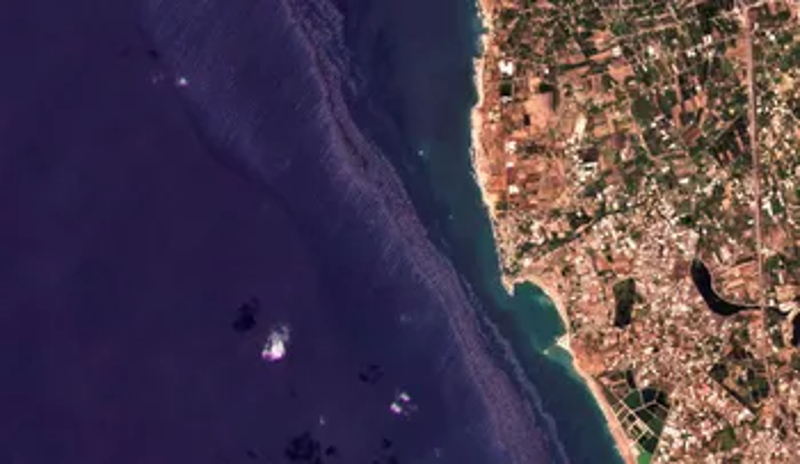
22. More Than 750 Oil Slicks Spotlight Pollution Risks in the Mediterranean Sea
A new report is raising awareness about pollution caused by ships releasing oil slicks during their voyages, as 757 oil slicks, covering 1.9 million hectares in the Mediterranean Sea, have been identified between July 2020 – January 2024. The report found that Greece’s exclusive economic zone had the highest number of slicks (182), followed by Italy (163) and Egypt (102). At the same time, six flag states – Marshall Islands, Panama, Malta, Singapore, Liberia, and Togo – were associated with over 60% of slicks by identifiable vessels.
John Amos, CEO of SkyTruth, commented: “This pollution problem plagues Greece, but it’s hardly alone. This is a global issue. Vessels dumping toxic oil into the ocean is not new, but our ability to detect this formerly hidden behavior now leaves polluters nowhere to hide. Raising visibility is the first step to solving the problem.”
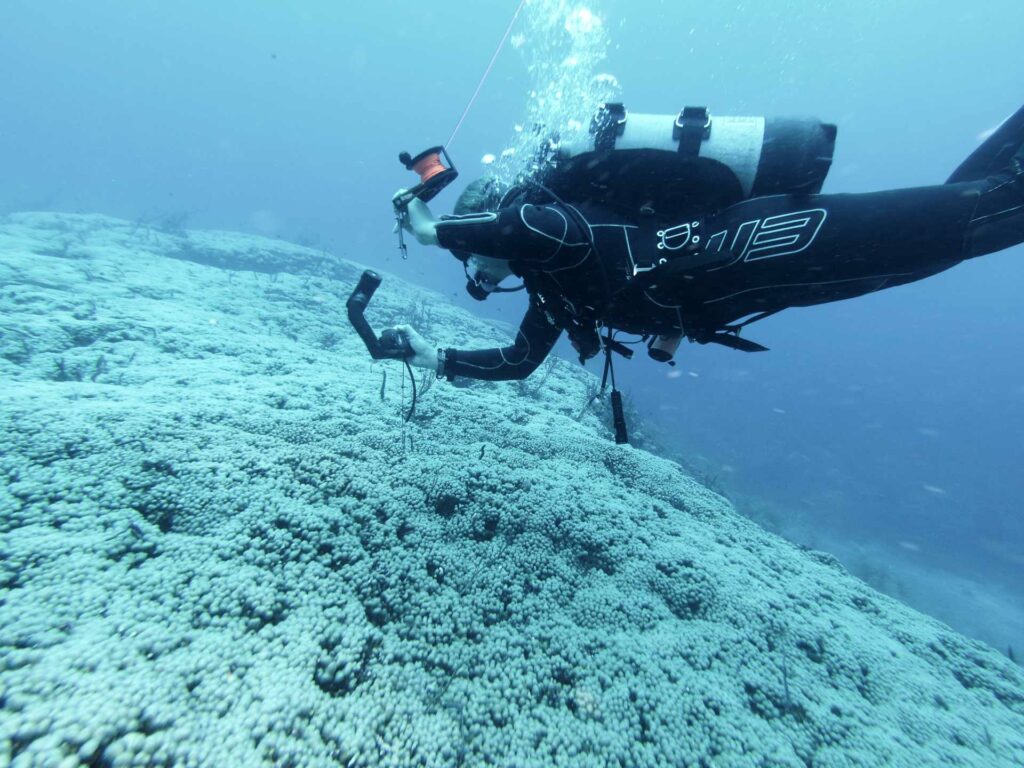
23. Corals Happier in the Gulf Stream
BOYNTON BEACH, Fla. — Diver and marine biologist John Christopher Fine says deeper-lying corals in Florida are doing much better than the under-pressure shallow ones. “Coral growth here will be the last coral in Florida. We have the depth and the Gulf Stream, and we protect it better.” That declaration was made by Florida native Chris Deen, a licensed captain, veteran diver, and ocean explorer based in Boynton Beach. Toxic discharge–especially from agriculture run-off, fertilizer, insecticides, pesticides, ammonia discharges, urine, feces, and chemical waste–is especially problematic for shallow coral reefs.
In contrast, the coral reefs off Boynton, Delray, Boca, and Gulf Stream benefit from the Gulf Stream, which serves as a natural broom, sweeping offshore waters clean. The strategically placed areas offshore have strong eddies of the predominantly northward-flowing Gulf Stream. The current can be mild or, at times, run as fast as 4 knots.
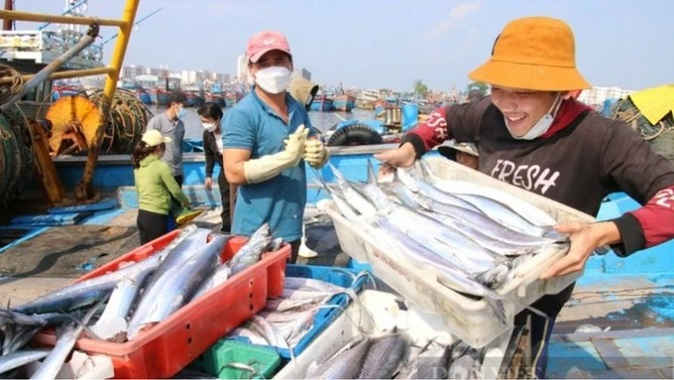
24. Vietnam Shifting From Fishing to Aquatic Marine Resource Conservation
Vietnam – Deputy Prime Minister Tran Luu Quang has just signed Decision No. 389/QD-TTg on behalf of the Prime Minister, approving the Plan for the Protection and Exploitation of Aquatic Resources for 2021-2030 with a vision to 2050. According to the plan, by 2030, Vietnam will become a country with a sustainable and modern fishery sector, with a maximum of 83,600 fishing vessels.
The plan sets out the requirement to restructure the fishing industry in inland waters and marine areas and to reallocate the space for conservation, protection, and exploitation of aquatic resources in line with the potential of aquatic resources and environmental protection. In the coming years, 27 marine conservation areas will be established and operated effectively nationwide, with a total protected marine area of approximately 463,587 hectares.

25. Coldplay’s New Album Is Made of River Plastic
Marine plastic waste is a huge problem, but the non-profit “Ocean Cleanup” has taken a bite out of floating trash in oceans and rivers for the last few years. Now, the pop-rock band Coldplay is about to use some of that waste for a limited special edition of its forthcoming album. The idea for the Ocean Cleanup began in 2012 when a Delft University of Technology student presented a concept for tackling the massive plastic problem in our oceans.
Boyan Slat’s vision became a reality in 2019 when the first floating waste was collected by prototype System 001/B from the Great Pacific Garbage Patch and shipped to shore for processing. A pair of sunglasses fashioned from this waste went up for sale the following year.
Intrigued? Want to know the rest of the story? You know what to do!! Click the link!




